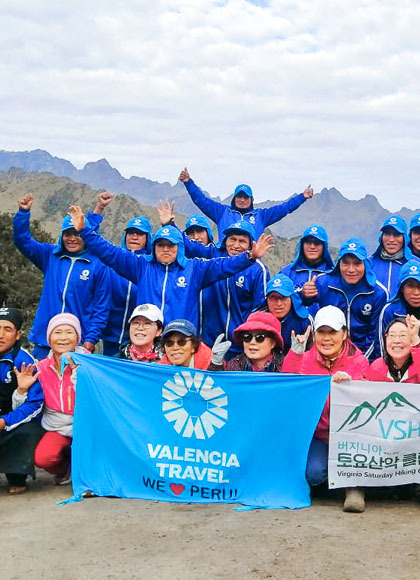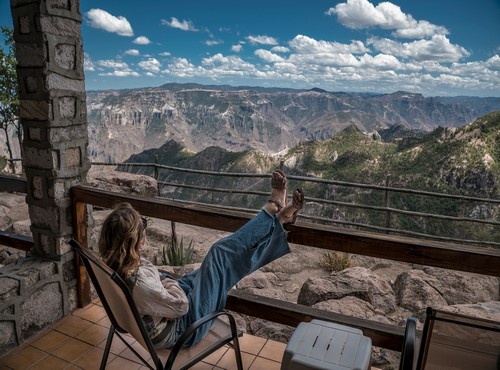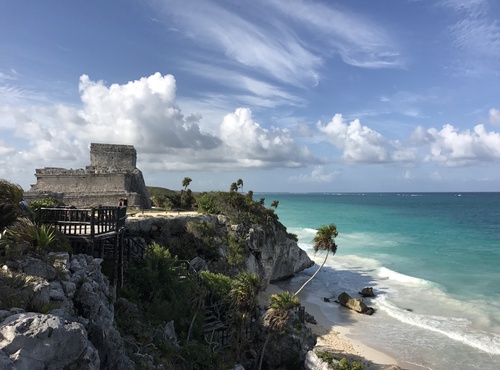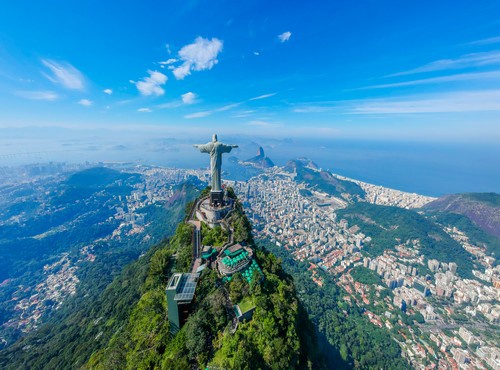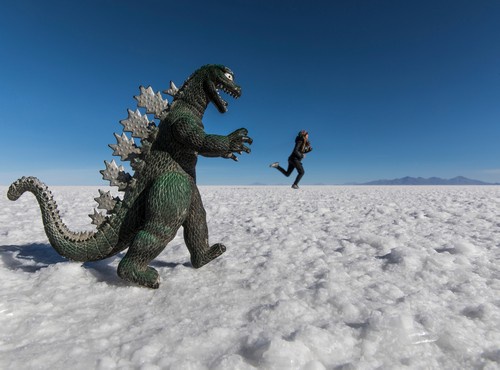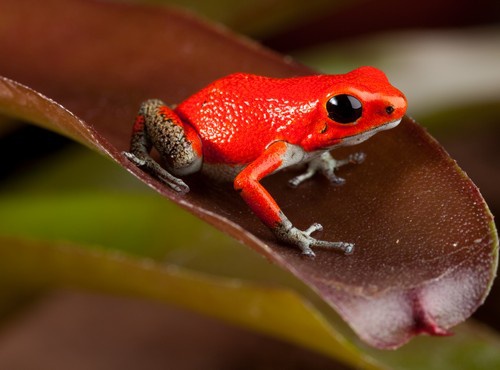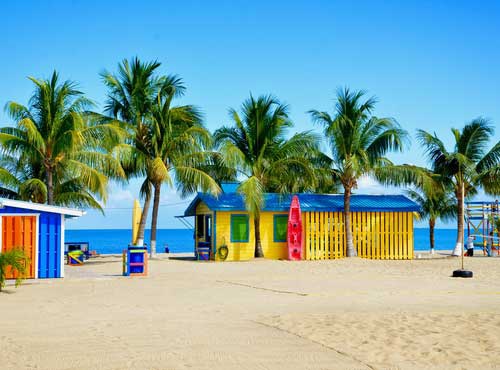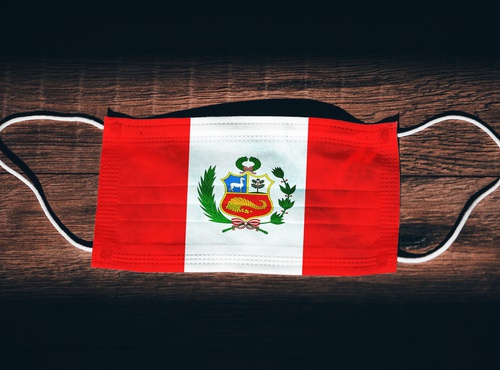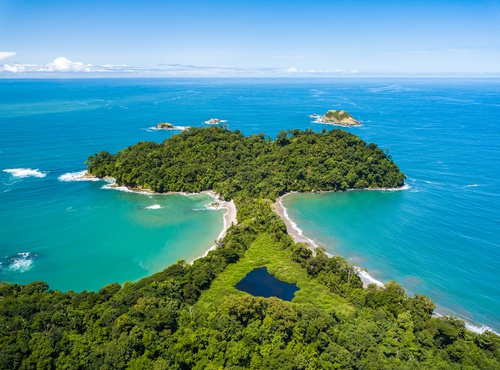
Written by:undefined undefined
Published: 08-06-2022
Given the massive geographical size of Argentina, the weather in the country varies immensely from one region to another. When planning a trip, it’s important to think about what the seasonal weather will be like in the region you’re planning to visit, so you can try to see each area of the country at the best time of year. Of course, the best time to visit Argentina depends on what areas you want to explore and what you plan to do. With so many incredible activities to do in Argentina, narrowing down when to visit can be tricky. The country is known for its love of tango and asados (barbecues), but also has a wealth of natural wonders such as the Lake District and Patagonia in the south and Iguazú waterfalls in the north-west. Here I some useful weather information so that you can choose the best time of year to travel to Argentina.
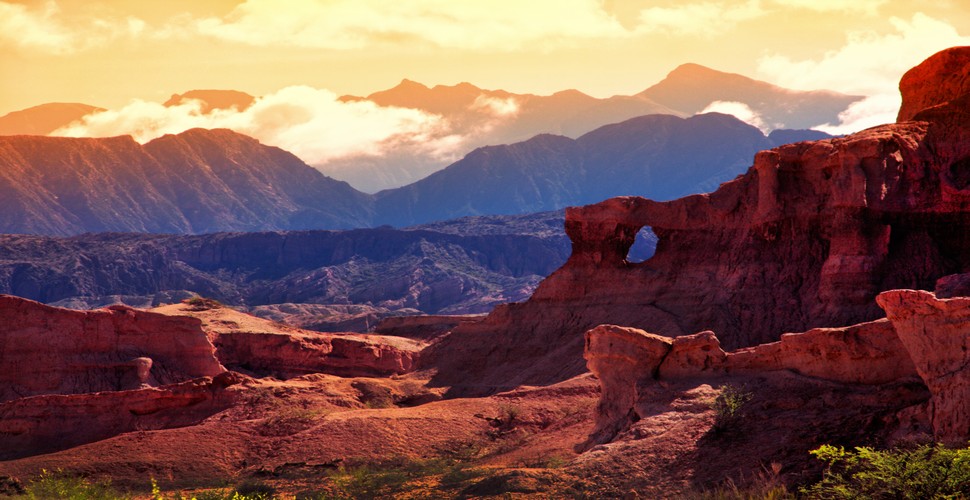
Red Mountain, Cafeyate
Argentinian Climate
From the snow-topped Andean Mountain peaks to the sunny beaches outside Buenos Aires, Argentina’s climate covers a huge range of weather conditions. This vast country can be categorised into four main regions: Patagonia, the Pampas, the Andes and the north.
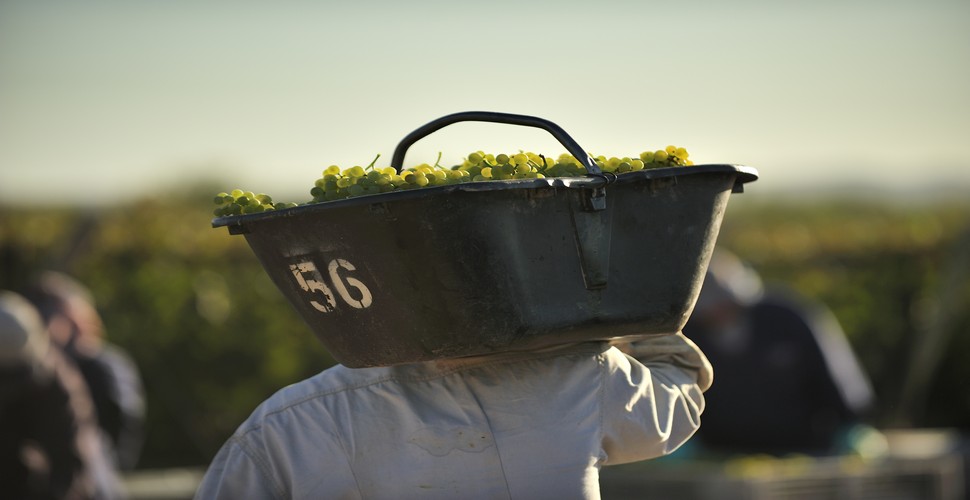
Grape Harvest, Mendoza
Weather in Patagonia
Anyone seeking an adventurous trip can consider the lakes, mountains and glaciers of Patagonia, which the ideal region for an off-the-beaten-path experience.This vast wilderness stretches across the south of Argentina and into neighbouring Chile, covering an incredible 1,036 square km. It encompasses lakes, mountains, glaciers and a coastal region. During the summer months (December to March) temperatures reach 15-20°C and the rainfall is at its lowest, making this the optimum time to visit Patagonia. While in the winter months (June to August), the temperature drops way below freezing and many attractions close down for the winter. Most of the country enjoys hot, humid summers and cold, dry winters, but in Patagonia, the weather conditions are reversed with the summer providing hot and dry conditions and increased rainfall during the cold winter months. The best time to visit Patagonia would be during the summer season, as ice and unexpected weather can make this scenic destination treacherous during winter. The mild weather of the summer months offers the perfect opportunity for exploring the beautiful Patagonian landscape, when national parks and glaciers are often easily accessible and hiking conditions are a lot better.
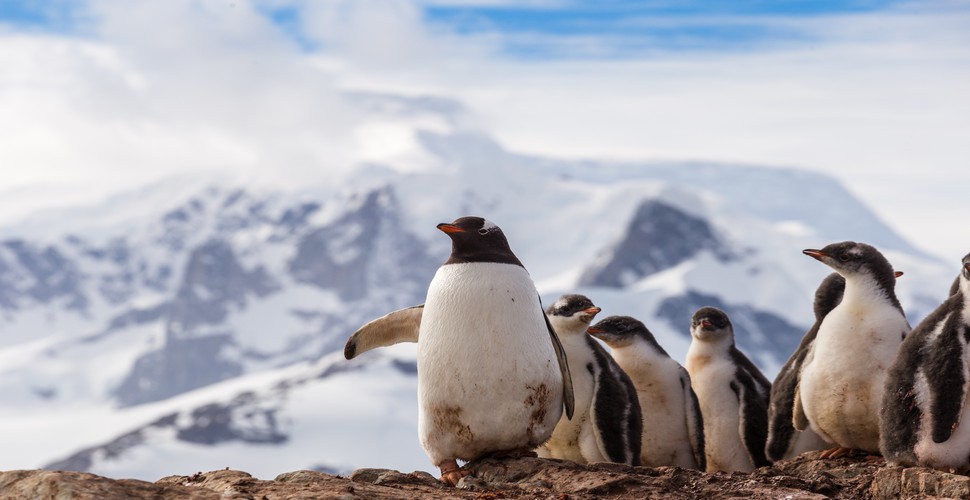
Penguins in Patagonia
Weather in the Pampas and central region
Famed for its great nightlife, passionate locals and love of tango, Buenos Aires is a must-visit for anyone heading to Argentina. Of course, Buenos Aires is only a small part of the central region. The pampas is a region of big skies and fertile, lush grasslands where cattle graze as far as the eye can see. The weather in the Pampas is hot and humid in summer (Dec-Feb) and cool and dry in the winter (June-August). With cooler, less humid days, Spring (Sep-Nov) is the best time to visit the Pampas or Buenos Aires.
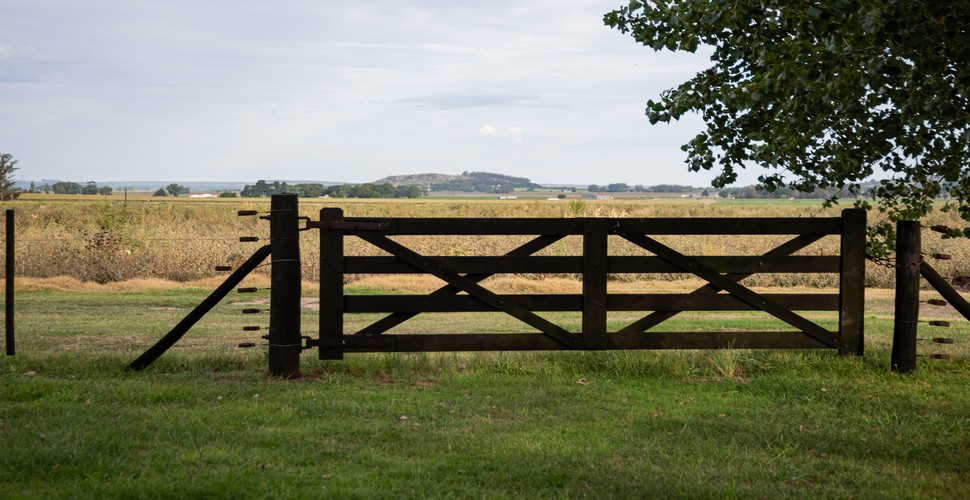
Pampas, Argentina
Weather in the Andes
The world’s longest mountain range is a big draw for trekkers and travellers and passes through seven South American countries. It can be a tricky place to climb or hike if you’re not experienced, but under the right weather conditions, the Andes is an incredible region to visit. The weather in the Argentine Andes is generally below freezing during the winter and the higher you get the quicker the temperatures can drop. The best time to visit the Andes is during the spring and summer months when the warmest weather averages 20°C; a far more comfortable temperature for walking and exploring. Argentina lays claim to the highest peak outside of the Himalayas, the 6,959-metre-high Aconcagua, definitely not a peak that should be attempted without serious planning.
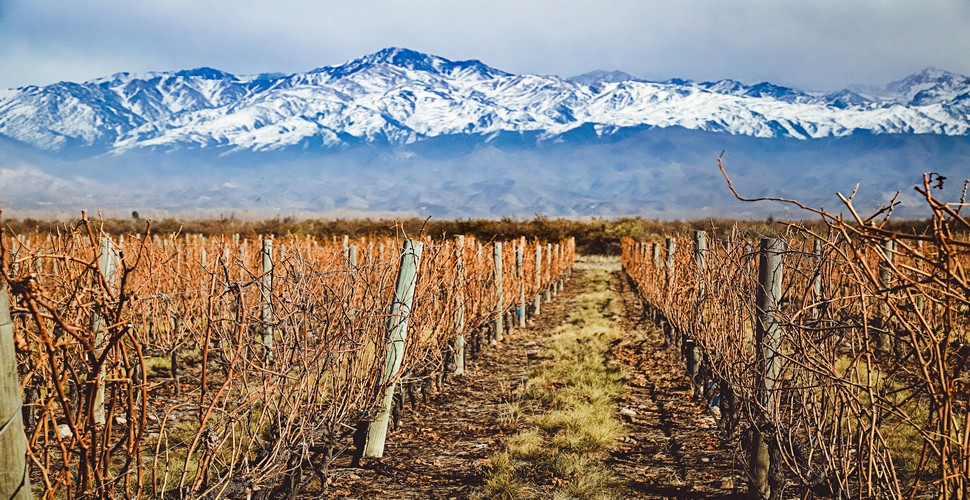
Andean Foothills from Mendoza
Weather in the north
Expect heat and humidity on a trip to the north of Argentina. This subtropical zone is home to wetlands, salt flats, deserts and even an area of rainforest where you’ll find the awe-inspiring Iguazú Falls. In the summer, temperatures can reach above 35°C and it can be super humid. The north-western region of Argentina gets nearly 500mm of rainfall a year, that gives you an idea of the humidity to expect when visiting this stunning part of the country. The Iguazú falls are popular with locals and tourists alike, so avoid the main holiday periods of January, Easter week. February to May will see good weather and fewer crowds.
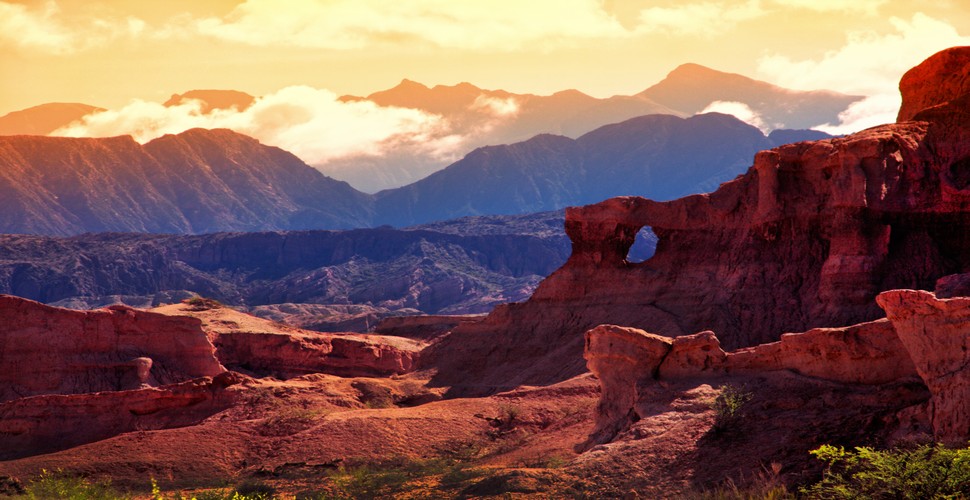
Northern Argentina
Winter
The winter months of June, July and August are the best time to travel to the Andean ski resorts, but blizzards can cut off towns in Patagonia and many places close from Easter through to October. Temperatures in the north of the country should be pleasant at this time of year, although Buenos Aires can come across as grey and bleak in July and August, despite the numerous attractions. The usually hot and humid climate of the north of Argentina is much milder during winter, so is an excellent time to visit the arid deserts. The natural landscape is full of unusual geographic formations, from charcoal lava flows to sparkling-white salt flats and lush jungle terrain, so head north for a trip through Argentina’s stunning scenery. It’s ski season in Argentina! Although not on the same scale as European and North American ski resorts, Argentina still has great offerings when it comes to skiing. July through to August is prime ski season, so pack your ski boots and head to the Andes to brave the slopes then enjoy evenings by the fire, taking in phenomenal snowy vistas.

Winter in Bariloche
Autumn
Autumn (March, April and May) is a great time to visit Mendoza and San Juan provinces for the wine harvests, and Patagonia and Tierra del Fuego to witness the eye-catching red and orange hues of the beech groves. A trip to Argentina during March sees the Grape Harvest Festival in Mendoza. Mendoza is Argentina’s wine capital, with March temperatures hitting around 25°C, and it’s the perfect place to try world-famous Malbec wines.
Autumn allows trekkers and explorers the chance to go adventuring in Patagonia. April is the perfect month to head to Patagonia’s pristine Los Glaciares National Park World Heritage Site and to discover the magnificent views from Patagonia’s hiking capital, El Chaltén.
Autumn is a great time to explore the Pampas, so venture out in the mild May weather to discover the verdant plains where cattle roam. Travel on foot or bike across the flat landscape before stopping by a restaurant to try the Pampas beef, a must for carnivores!
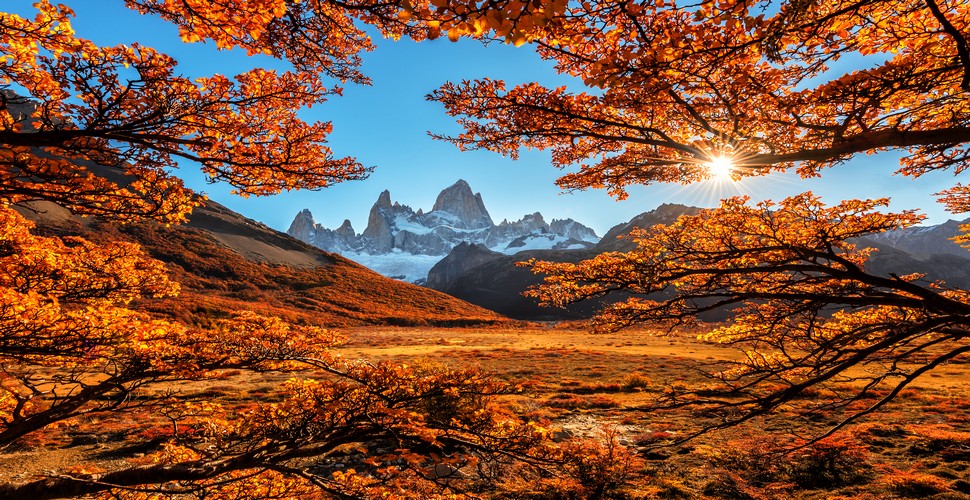
Autumn in Patagonia
Summer
Summer (December to February) is the only time of year to attempt the highest Andean peaks, such as Aconcagua, and also the most reliable time of year to head for Tierra del Fuego, though it can snow there any time of year. Buenos Aires is liable to be very hot and sticky in December and January, and you should certainly avoid the lowland parts of the north at this time of year, as temperatures can be scorching and roads flooded by heavy storms.
Experience Christmas Eve in Buenos Aires where fireworks light up the night sky, or you could head out into one of the charming towns or villages to spend Christmas amid the warm hospitality stunning landscape of the southern lake district.
A month full of festivals, you could escape up to the north-western region at the beginning of the month when the indigenous population celebrates the Mother Earth with a moving Pachamama festival, or wait until mid-February when a craft festival takes place in the high-altitude settlement of Antofagasta de la Sierra.
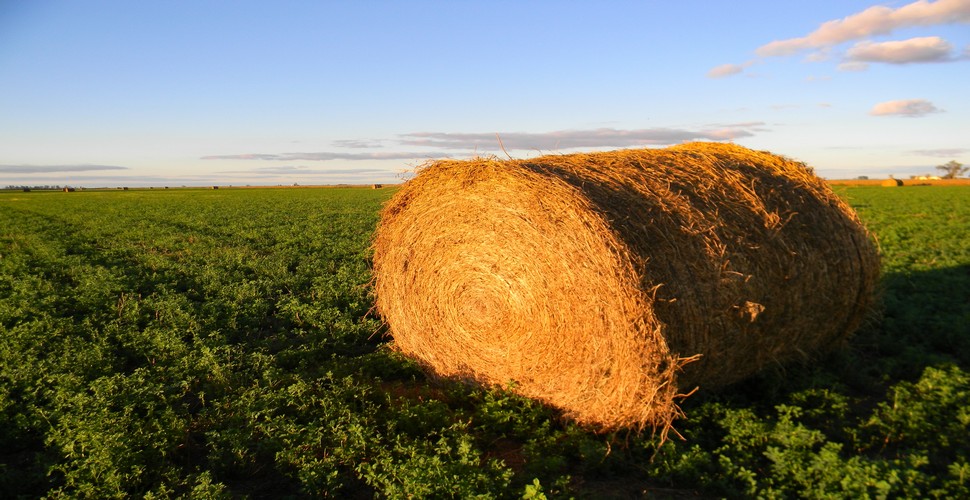
Summer in The Pampas
Spring
Roughly from September to November, the Argentine spring is perfect just about everywhere and worth considering when deciding the best time to visit, although in the far south icy gales may blow. The city of Salta is a beautiful place to visit at this time of year. With its Spanish colonial architecture and scenic valleys, not to mention the huge religious procession that travels through the city streets at the beginning of September. Throughout both October and November, the weather in Buenos Aires is mild, meaning you can avoid the heat, humidity and crowds of the summer and the rain and cold of Buenos Aires in winter. The jacaranda trees are also in full bloom, adding to the beauty and relaxed atmosphere of this fantastic city.
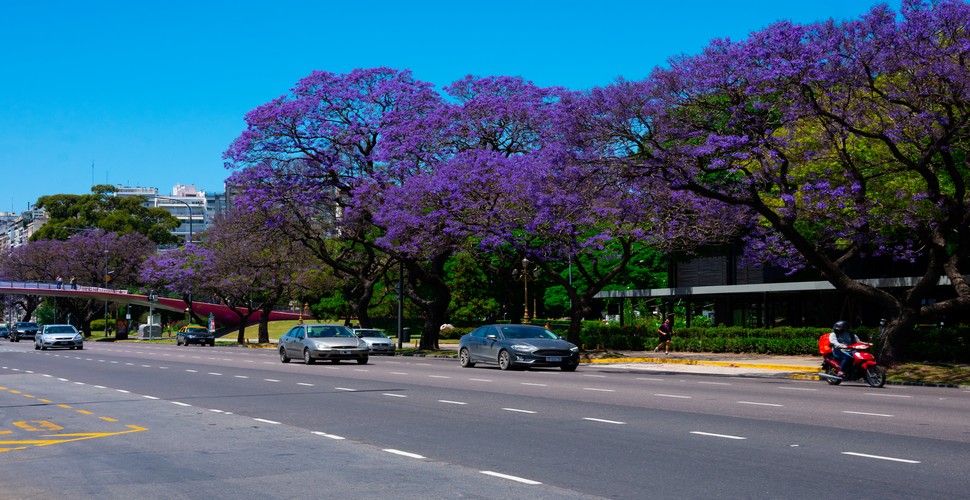
Spring in Buenos Aires
The national holiday seasons are in January, Easter and July when transport and accommodation can be fully booked up and tariffs are increased. If you plan to travel during these times of the year, it’s worth booking well in advance.






